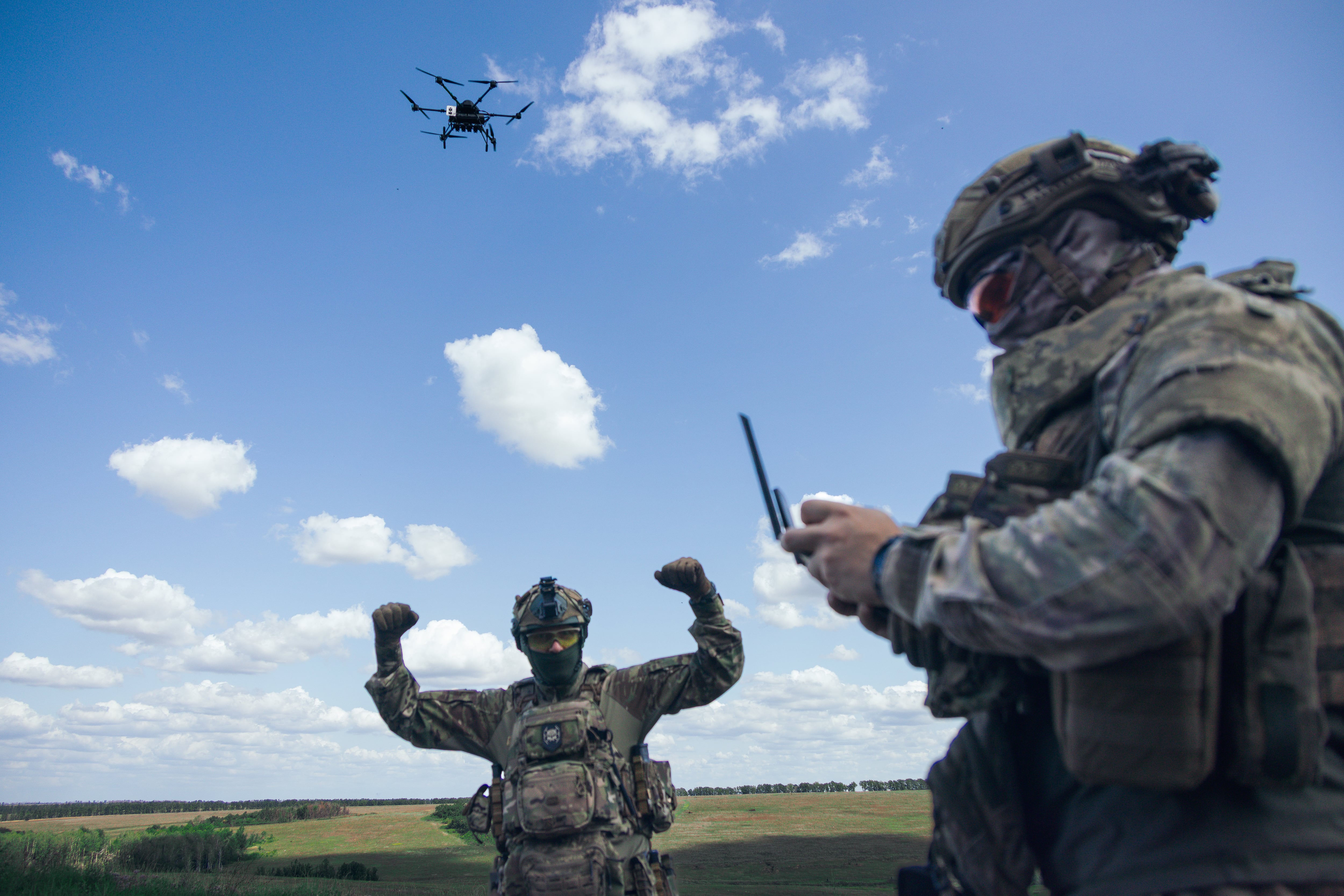The Air Force aims to slash the number of locations it uses to train battlefield airmen such as pararescuemen and combat controllers, at least by half, to streamline operations and save airmen's time.
Currently, battlefield airmen training is scattered across eight locations in seven states. But the new Battlefield Airmen Training Group, activated June 2, will consolidate those locations into three or four sites, Lt. Gen. Darryl Roberson, head of Air Education and Training Command, said Sept. 19 at the Air Force Association's Air Space Cyber conference outside Washington, D.C.
The problem, Roberson said, is that by spreading out training across the nation, airmen lose a lot of time in transit and have gaps in their training. Consolidating training would help solve that problem, he said.
"Every time we have to send a battlefield airman to a new location, that's a week, or a few days, that we lose in training," Roberson said. "And not only that, we're paying them TDY in travel. [This will be] less expensive, it's going to take less time, it's more effective and efficient, and we're confident it's going to improve the quality overall of the training that we're able to do."
Under the old system, a battlefield airman trainee would be stationed at Joint Base San Antonio-Lackland, Texas, and bounce back and forth between there and their other training locations, but always returning to Lackland, AETC officials said in a written statement.. This costs the Air Force money, results in inefficiencies such as bottlenecks and equipment shortfalls, and prevents airmen from developing camaraderie with their fellow trainees, AETC said.
But under a consolidated Battlefield Airman Training Group, AETC said, an airman will head directly from one training location to another, without Lackland being a hub to which they are forced to return.
Roberson said the Air Force secretary and chief of staff have signed off on the criteria for bases to be considered for battlefield airmen training locations. But he said it's not clear how long the evaluations of issues such as environmental analyses will take, and couldn't say when the effort will be finished.
Battlefield airman training – which also turns airmen into special operations weather and tactical air control party enlisted airmen as well as special tactics officers, combat rescue officers, and air liaison officers – is already challenging and strenuous, and attrition is high, AETC said. That's another reason it's important to streamline the process and make it easier for trainees to build camaraderie with one another.
AETC said the consolidation will be a major step toward modernizing it across its five strategic pillars – infrastructure, curriculum, leadership and advocacy, manpower and recruiting.
Consolidating will help the Air Force build the infrastructure it needs, Roberson said. For example, he said, battlefield airmen training doesn't have an adequate aquatic facility of its own to train aspiring pararescuemen, and gets by using the Navy's water facilities. But when the consolidation is done, Roberson said, the Battlefield Airmen Training Group will be able to build a proper aquatic facility of its own. And the Air Force's aspiring battlefield airmen now do parachute jump training with the Army, he said.
The training group oversees five new battlefield airmen training squadrons: The 350th at Lackland, which will be an initial entry course; the 351st, a pararescue technical training course at Kirtland Air Force Base, New Mexico; the 352nd, a combat controller technical training course at Pope Army Air Field in North Carolina; the 353rd, a TACP technical training course at Lackland; and the 354th, a training support squadron at Lackland.
The Air Force said earlier this year that at any given time, it is training 1,000 to 1,500 prospective battlefield airmen, but only about 20 percent of them will actually graduate.
Stephen Losey is the air warfare reporter for Defense News. He previously covered leadership and personnel issues at Air Force Times, and the Pentagon, special operations and air warfare at Military.com. He has traveled to the Middle East to cover U.S. Air Force operations.





